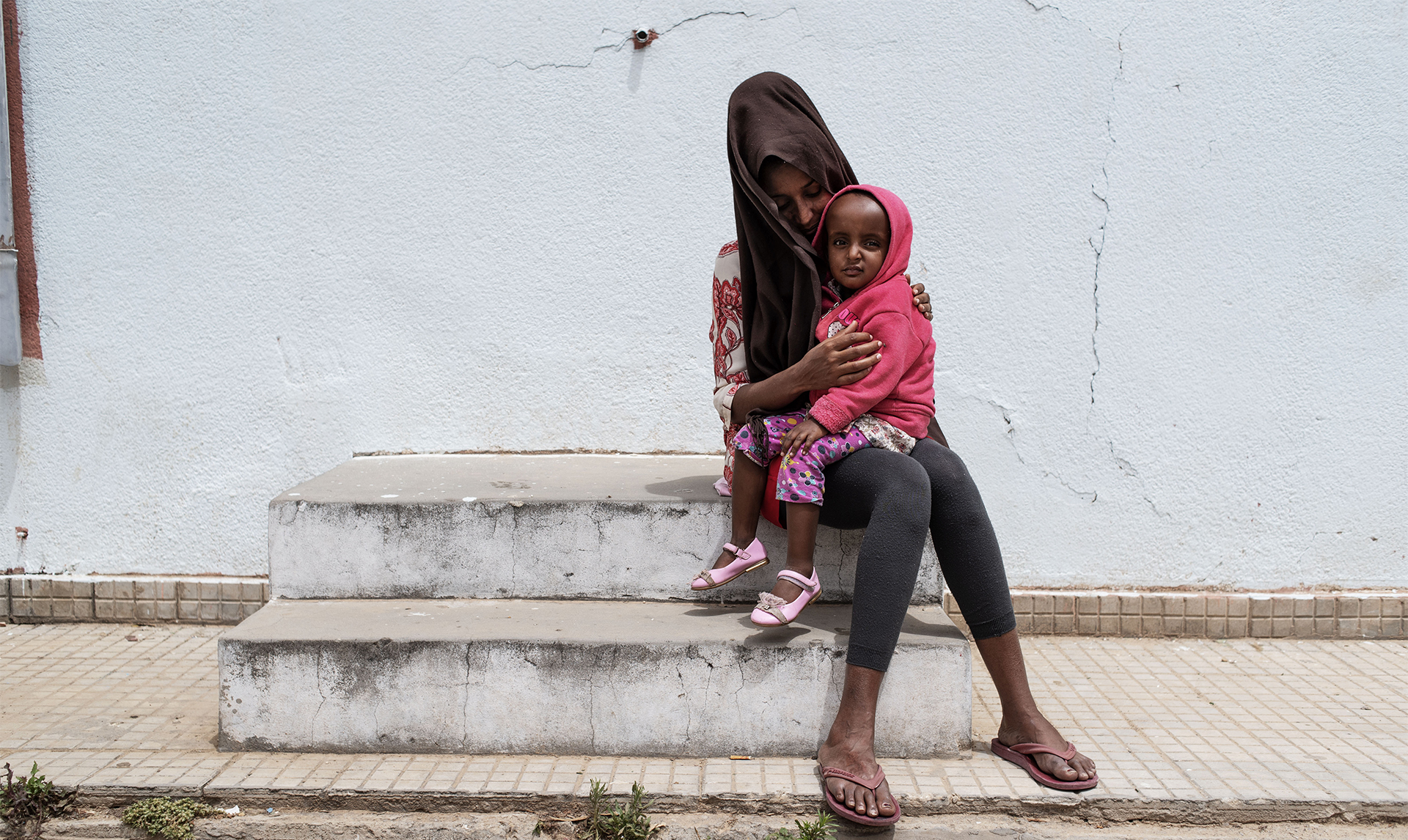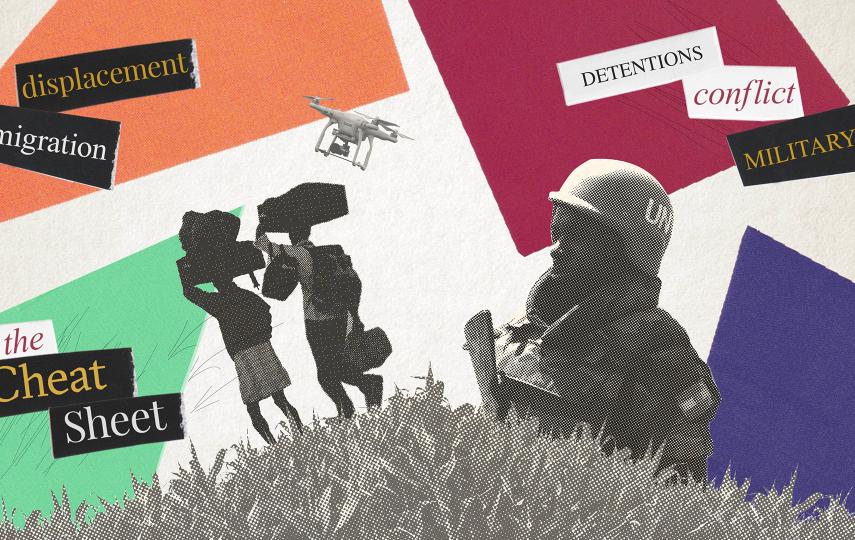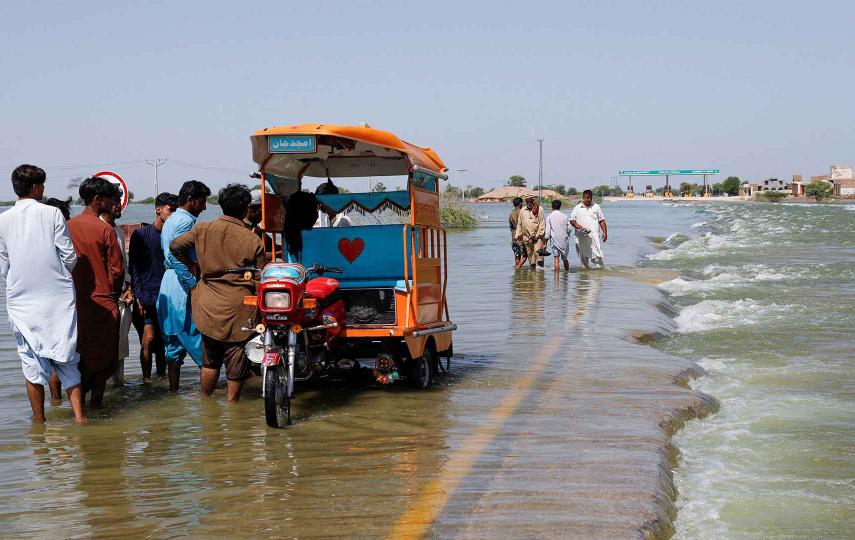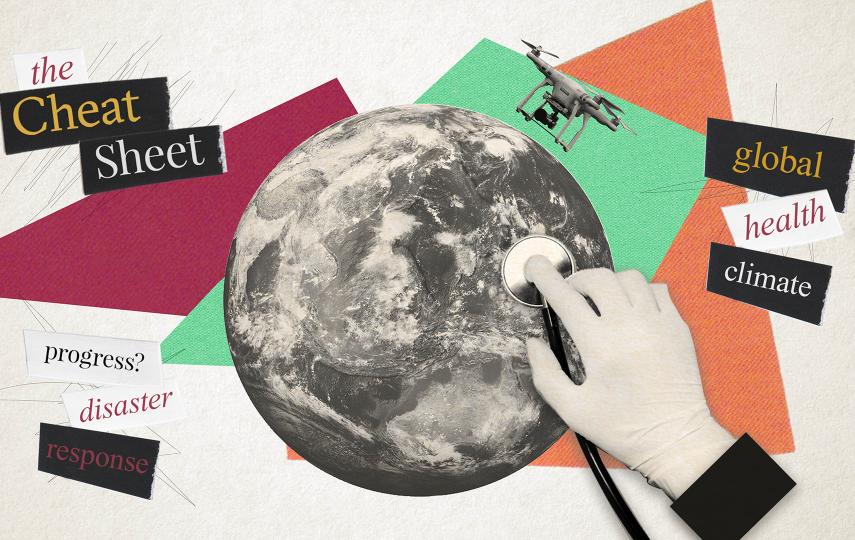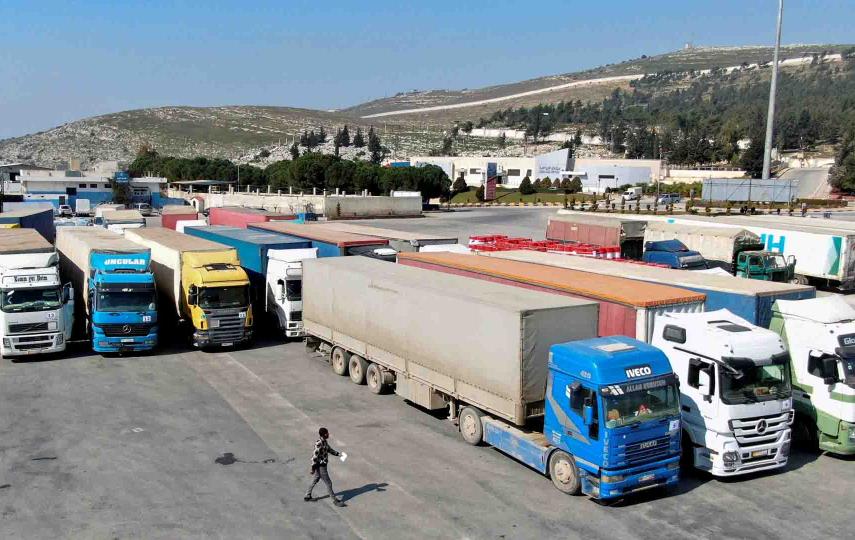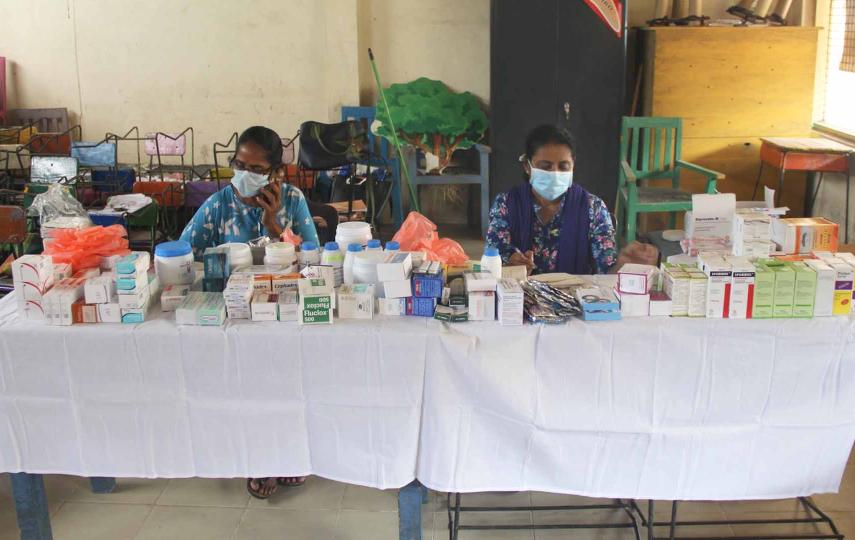Humanitarian crises have a disproportionate effect on women and girls. Not only are they 2.5 times more likely to drop out of school or lose their jobs in emergency situations, but they also have to shoulder the majority of the burden of supporting family members.
When legal and social structures break down, women and girls are also more likely to face violence and discrimination.
According to UN Women, more than 70 percent of women in crisis situations have experienced some form of gender-based violence. This can be assault or exploitation, but it can also take the form of increased domestic abuse or cultural practices like early marriage.
Yet, a recent report by the International Rescue Committee found that only 0.2 percent of humanitarian funding between 2016 and 2018 went towards preventing or addressing gender-based violence. This leaves women and girls especially vulnerable, and can limit their access to aid and other necessary services.
Leadership positions in the humanitarian sector are also more likely to be held by men. A February 2019 report showed that only about one third of the UN’s humanitarian coordinators were women.
Here’s a collection of our recent reporting on how women and girls are affected by crises around the world.
Cured but still contagious: How mixed messages on sexual transmission and breastfeeding may help Ebola spread
More people are surviving Ebola than ever before, but the virus can still be passed on in both semen and breast milk. Women and children are the majority of victims, so why isn’t this a key part of the general prevention messaging?
Q&A: Why does so little aid money go to preventing violence against women and girls?
Some 14 million female refugees and displaced women were subjected to sexual violence last year, but less than 0.2 percent of humanitarian funding goes to preventing it.
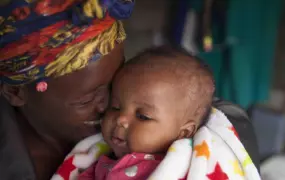
How the neglected AIDS epidemic hits women and girls hardest
1.7 million people were newly infected with HIV in 2018 – in some countries, an infected person was five times more likely to be female.
In South Sudan, girls forced into war face gender double standards in peace
Girls represent at least one in five children recruited by armed groups. Upon release, many endure stigma and find it hard to reintegrate.
Women carry the burden of Ugandan war trauma
The extent of trauma in northern Uganda is overwhelming the country’s limited capacity for treating mental health problems.
Why Rohingya women risk dangerous home births in Bangladesh’s refugee camps
Aid groups warn of ‘avoidable deaths’ as inaccessible clinics, conservative beliefs, and misinformation push pregnant women to forgo healthcare.
Shattered war economy encourages child marriage in Yemen
Yemen’s war is impacting young girls in a way no one wants to talk about – child marriage appears to be on the rise
Fiji’s unheralded frontline disaster responders: women
In hazard-prone Pacific Island nations, women do much of the work to guard against disasters but still have to fight to be heard.
